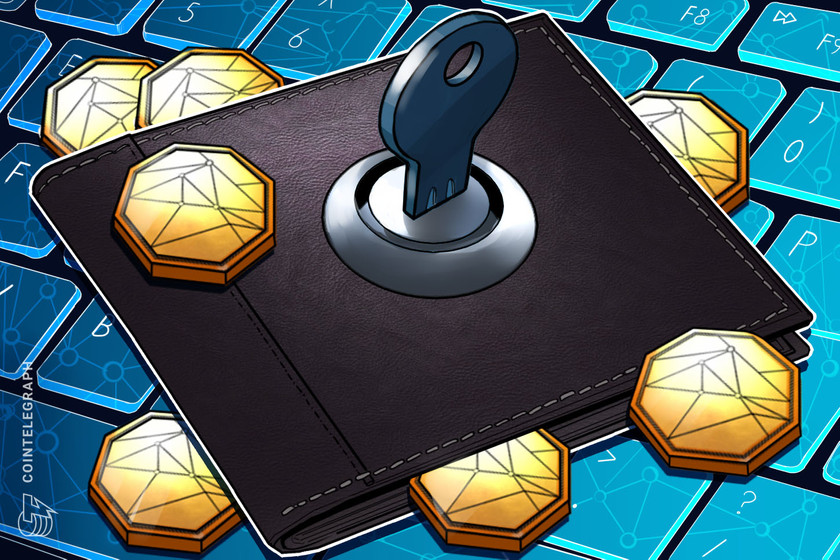Winnipeg police get provincial funding to beef blockchain forensics unit


The Winnipeg police service received money from the Criminal Property Forfeiture Fund to provide training through the Cryptocurrency Tracing Certified Examiner course.
Police in Winnipeg, the capital of the Canadian province of Manitoba, will be better prepared to deal with the use of cryptocurrency in cybercrime, thanks to $100,000 Canadian dollars (CAD), almost $78,000, in funding provided by the provincial government.
Provincial Justice Minister Kevin Goertzen on Wednesday said the money from the Criminal Property Forfeiture Fund will be used to put five additional members of the police service through a Cryptocurrency Tracing Certified Examiner training program, as well as to purchase specialized software to trace cybercrime activities such as CipherTrace and Blockchain Forensics.
According to the Manitoba government, cybercrimes have increased by more than 370% between 2016 and 2020. Sargent Trevor Thompson of the Winnipeg police financial crime unit said in a statement:
“As cryptocurrencies have risen in popularity and become more widely available, criminal actors have now migrated into this space and are primarily using cryptocurrencies as the medium to obtain funds from their victims. In order to combat the rise in the use of cryptocurrencies in criminal enterprises, police must adapt.”
Thompson went on to say that his office receives seven or eight reports of cybercrime per day, mostly related to fraudulent investment schemes that take advantage of the victim’s lack of understanding of how crypto works. Many times the criminal organizations involved are located outside Canada. Anonymity is also an issue in crypto-related crimes, he added.
Related: Victorian police to get ‘greater power’ to seize crypto assets from criminals
Thompson told a news conference that the majority of frauds in Winnipeg and throughout Canada are now using crypto in “traditional” romance scams and online employment scams, leading to “life-altering financial losses and emotional distress.”
The Manitoba Securities Commission is also active in the fight against crypto-related cybercrime and has warned the public of a variety of criminal schemes. The Manitoba Criminal Property Forfeiture Fund has distributed more than $20 million CAD, or around $15 million, since its creation in 2009.

















